Iozzo Trainee Award 2020 Finalists
Student Finalists
Presenting on November 12, 2020
|
|
 Anna Barque, University of Illinois at Chicago Anna Barque, University of Illinois at Chicago
Anna is a 4th year PhD candidate in the Department of Physiology and Biophysics at University of Illinois at Chicago working under the supervision of Dr. Alexandra Naba. After obtaining her bachelor's and master's degrees in Biomedical Sciences in Barcelona, she worked at the Josep Carreras Leukemia Research Institute performing genetic diagnosis and functional studies of new mutations identified in patients with rare hematological diseases. Then, she decided to pursue her PhD and moved to Chicago where she joined Dr. Naba's lab in 2018 to learn more about the extracellular matrix and, in particular, to study the role of an unknown protein called SNED1. She has recently published her first-author publication reporting the phenotypic characterization of the SNED1 knockout mouse. For her work, Anna has received a Provost’s Graduate Research Award and an Award for Graduate Research from UIC, and, more recently, a Cornerstone grant from the Histochemical Society.
|
|
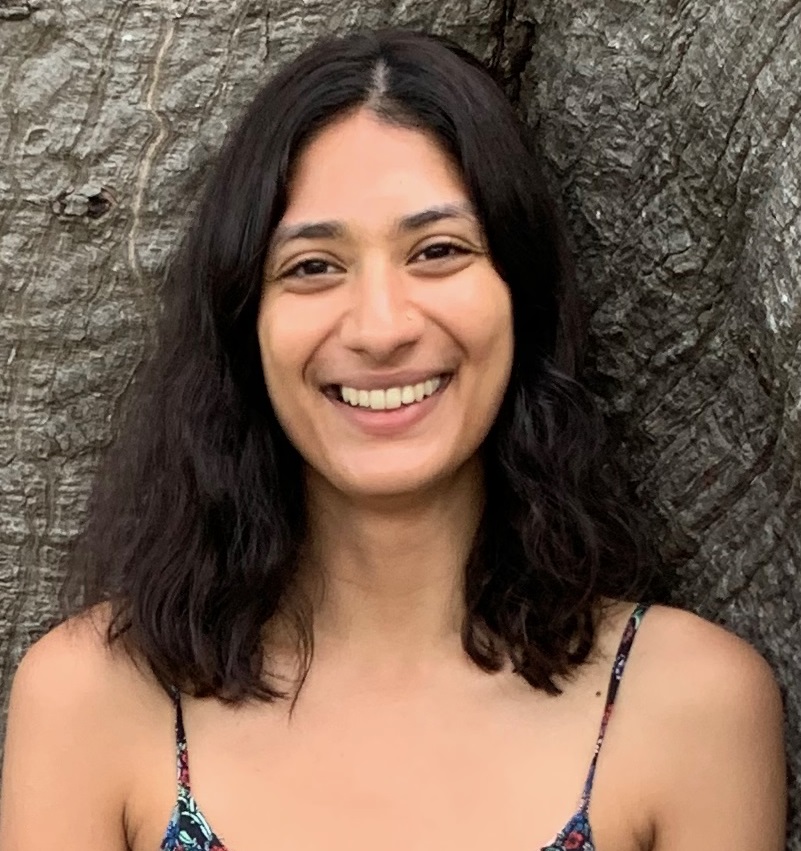 Pragati Chengappa, Drexel University Pragati Chengappa, Drexel University
Pragati is a fifth-year PhD candidate in Dr. Ryan Petrie's lab at Drexel University. Pragati is currently working on a project uncovering how the cyotoskeletal protein plectin brings together vimentin, actin, and myosin II filaments to move cells through complex crosslinked matrices. Simultaneously, she is working on better understanding the role of intracellular pressure in driving cell motility in both epithelial cells and T cells. After she graduates, Pragati hopes to pursue a post-doctoral position focusing on the role of cell-matrix interactions in promoting cardiac wound healing and tissue regeneration.
|
|
 Jackson Fatherree, Tufts University Jackson Fatherree, Tufts University
Jackson grew up in Napa, CA in the heart of wine country, before completing his B.S. in Microbiology at the University of California, Santa Barbara. Following a brief stint working in biotech, he moved to Boston to pursue research on novel targeted therapies for non-small cell lung cancer, working in Dr. Jeff Engelman’s lab at Massachusetts General Hospital. Since September 2017 he has been working towards a Ph.D. at Tufts Medical School, working in the Oudin Lab to investigate the effects on chemotherapy on the structure and composition of tumor extracellular matrix.
|
|
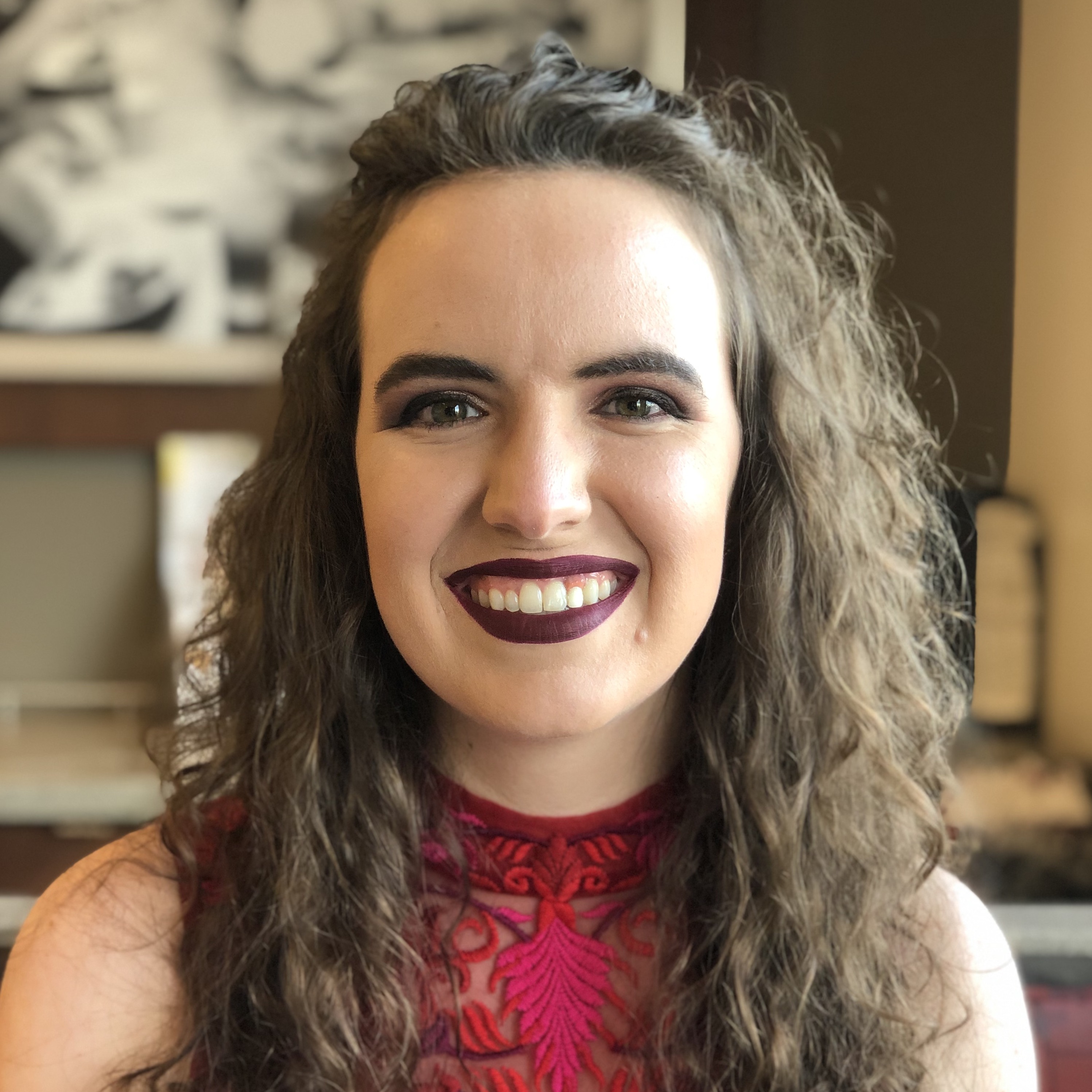 Claire Gianakas, Duke University Claire Gianakas, Duke University
Claire is a fourth-year graduate student in the lab of Dr. David Sherwood at Duke University. Claire received her B.S. in Chemical and Biomedical Engineering at Carnegie Mellon University in 2017. As an undergraduate, she worked with Dr. William de Groat at the University of Pittsburgh where she studied how ATP released from the urothelium contributes to the initiation of inflammatory responses in the urinary bladder during endotoxin-induced cystitis. After graduation, Claire joined the Pharmacology program at Duke University. In the Sherwood lab, she is using C. elegans to study basement membrane biology. Specifically, she is focused on furthering our understanding of basement membrane flexibility and basement membrane adhesion systems.
|
|
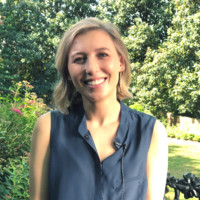 Meghan Logun, University of Georgia Meghan Logun, University of Georgia
Meghan received her BS in Biology in 2014 from Emory University in Atlanta. During her undergraduate career she worked as a research assistant in Dr. Leonard Howell’s lab at the Yerkes National Primate Research Center in Atlanta, where she studied the social effects of MDMA on mice and squirrel monkeys. Meghan joined the Karumbaiah lab as a Master’s student in August 2014 to study the role of the tumor microenvironment in glioblastoma invasion. She stayed on to continue her doctoral thesis focused on the development of diagnostic devices and novel interventional therapies to detect and treat aggressive brain tumors.
|
|
 Bryan Nerger, Princeton University Bryan Nerger, Princeton University
Bryan grew up in Canada. He attended the University of Waterloo and received a bachelor’s degree in chemical engineering in 2015. He is currently a Ph.D. student in the Department of Chemical and Biological Engineering at Princeton University. Working in the laboratory of Dr. Celeste Nelson, Bryan’s research focuses on understanding how interactions with the extracellular matrix affect the development of branched epithelial tissues. Outside of the lab, Bryan enjoys long-distance running, chess, and jamming on one of his guitars.
|
|
 Samantha Schwager, Vanderbilt University Samantha Schwager, Vanderbilt University
Samantha is a 4th year biomedical engineering PhD student and NSF Graduate Research Fellow in Cynthia Reinhart-King’s lab at Vanderbilt University. Her research at Vanderbilt focuses on how intratumor heterogeneity in breast cancer contributes to cancer progression. She is specifically interested in how heterogeneity in cancer cell migratory ability correlates with cancer metastasis.
|
PostDoc Finalists
Presenting on November 19, 2020
|
|
 Yael Efraim, University of California San Francisco Yael Efraim, University of California San Francisco
Yael received her PhD in Biotechnology from the Technion - Israel Institute of Technology in 2016 under the supervision of Prof. Marcelle Machluf. Her research focused on developing ECM platforms for cardiac tissue engineering and angiogenesis modeling. Currently, she is a postdoc at Sarah Knox's lab at UCSF, where her research involves investigating and understanding the key cellular signals and environmental cues underlaying corneal homeostasis and regeneration.
|
|
 Aastha Kapoor, Thomas Jefferson University Aastha Kapoor, Thomas Jefferson University
Dr. Aastha Kapoor obtained her B. Sc. (Hons.) and M.Sc. in Biotechnology from Panjab University, India. She was awarded the Junior Research Fellowship (JRF) by the Govt. of India to pursue her Ph. D. at one of India's premier institutes, the Indian Institute of Technology Bombay (IITB). At IITB, her work focused on studying the modes of invasion in drug-resistant ovarian cancer cells and ECM's role (extracellular matrix) in regulating them. She is currently training as a postdoctoral fellow in Dr. Renato Iozzo's Lab at Thomas Jefferson University, Philadelphia, USA. She is presently studying the impact of Proteoglycans on Angiogenesis. Throughout her Ph.D. and postdoctoral training, Dr. Kapoor has won many awards and presented talks on her work in matrix and cancer biology. While Aastha spends most of her time with cells and mice, she likes to watch movies, travel to unexplored destinations, and walk along the Schuylkill river during her lazy hours.
|
|
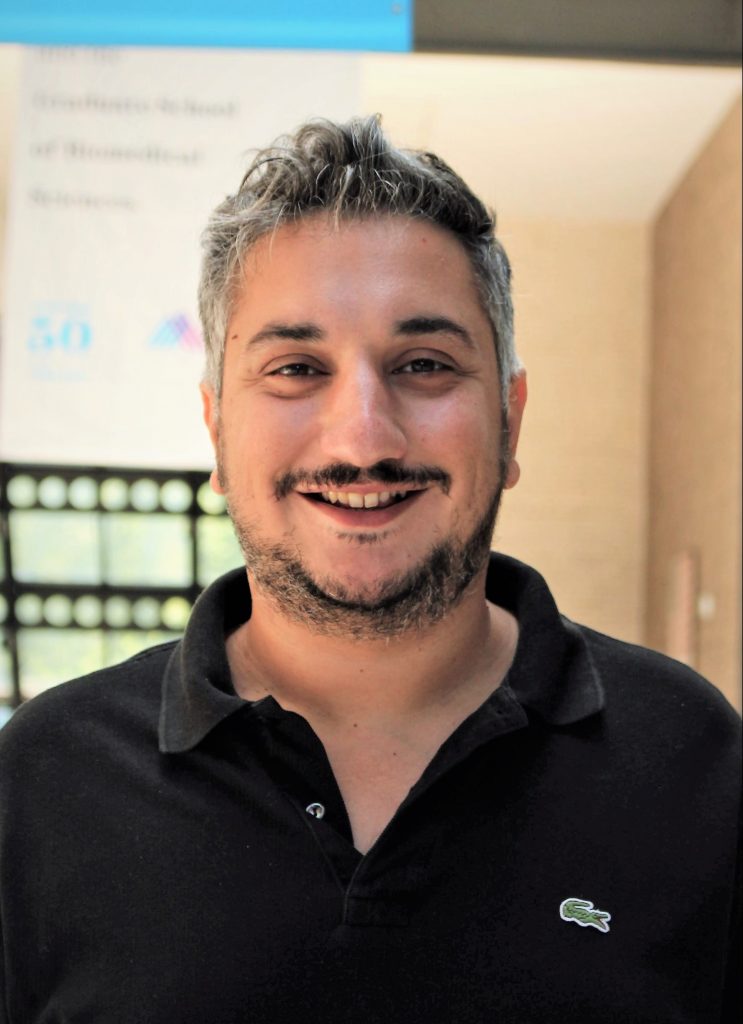
Stylianos Zafeirios Karoulias, Icahn School of Medicine at Mount Sinai
Stylianos Z. Karoulias received his Ph.D. in Biochemistry from the Aristotle University of Thessaloniki, Greece where he developed a novel biomaterial consisting of osteogenic and chondrogenic protein domains for therapeutic applications in bone fracture healing. Currently he is a postdoctoral fellow at the Icahn School of Medicine at Mount Sinai, New York where he is working under the supervision of Dr. Dirk Hubmacher to identify mechanisms related to bone growth and associated abnormalities in Weill-Marchesani syndrome and other connective tissue disorders.
|
|
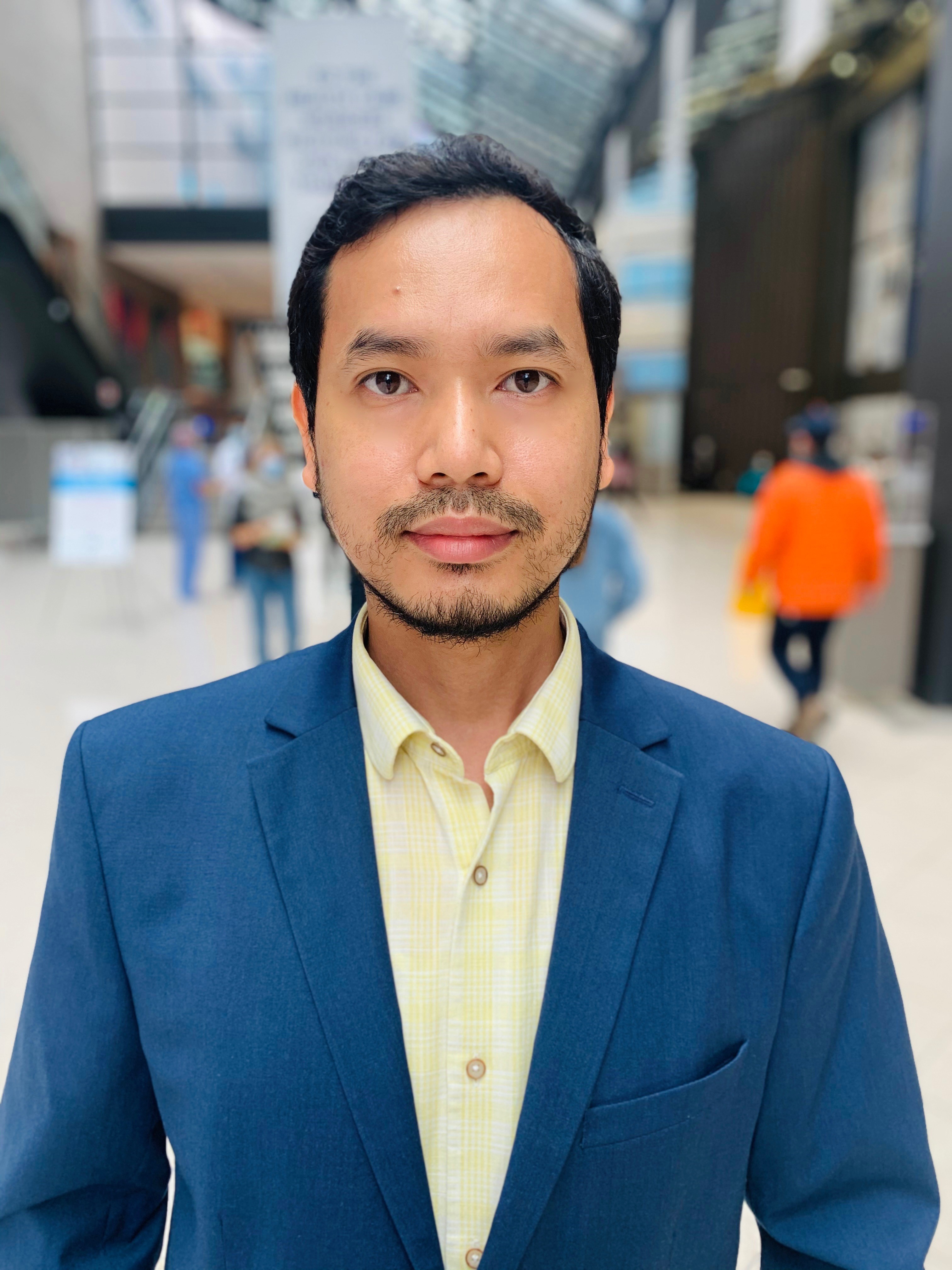 Nandaraj Taye, Icahn School of Medicine at Mount Sinai Nandaraj Taye, Icahn School of Medicine at Mount Sinai
Nandaraj Taye is currently performing his postdoctoral training at Icahn School of Medicine at Mount Sinai, New York. He joined Dr. Dirk Hubmacher’s Lab, Department of Orthopedics in 2018.
His research interest focus on understanding the mechanism by which extracellular matrix proteins cause connective tissue disorders. More specifically, he is using skeletal muscle formation as a model system to decipher how mutations in ADAMTSL2 gene cause an apparent pseudomuscularity, in the rare musculoskeletal disease geleophysic dysplasia. Only 30% of patients with geleophysic dysplasia survive to puberty; this high mortality rate makes it very important to study the disease in depth.
He received his education at the University of Pondicherry with a Master’s in Biotechnology and completed his Doctorate Degree in Biotechnology from National Centre for Cell Science, India. He also holds a Bachelor’s in Biotechnology from St. Anthony’s College. He is a passionate researcher, and his work has been published in many peer-reviewed journals with 21 publications so far. Some of his works were novel and of industrial/pharmaceutical importance leading to 4 USA/European Union patents.
|
|